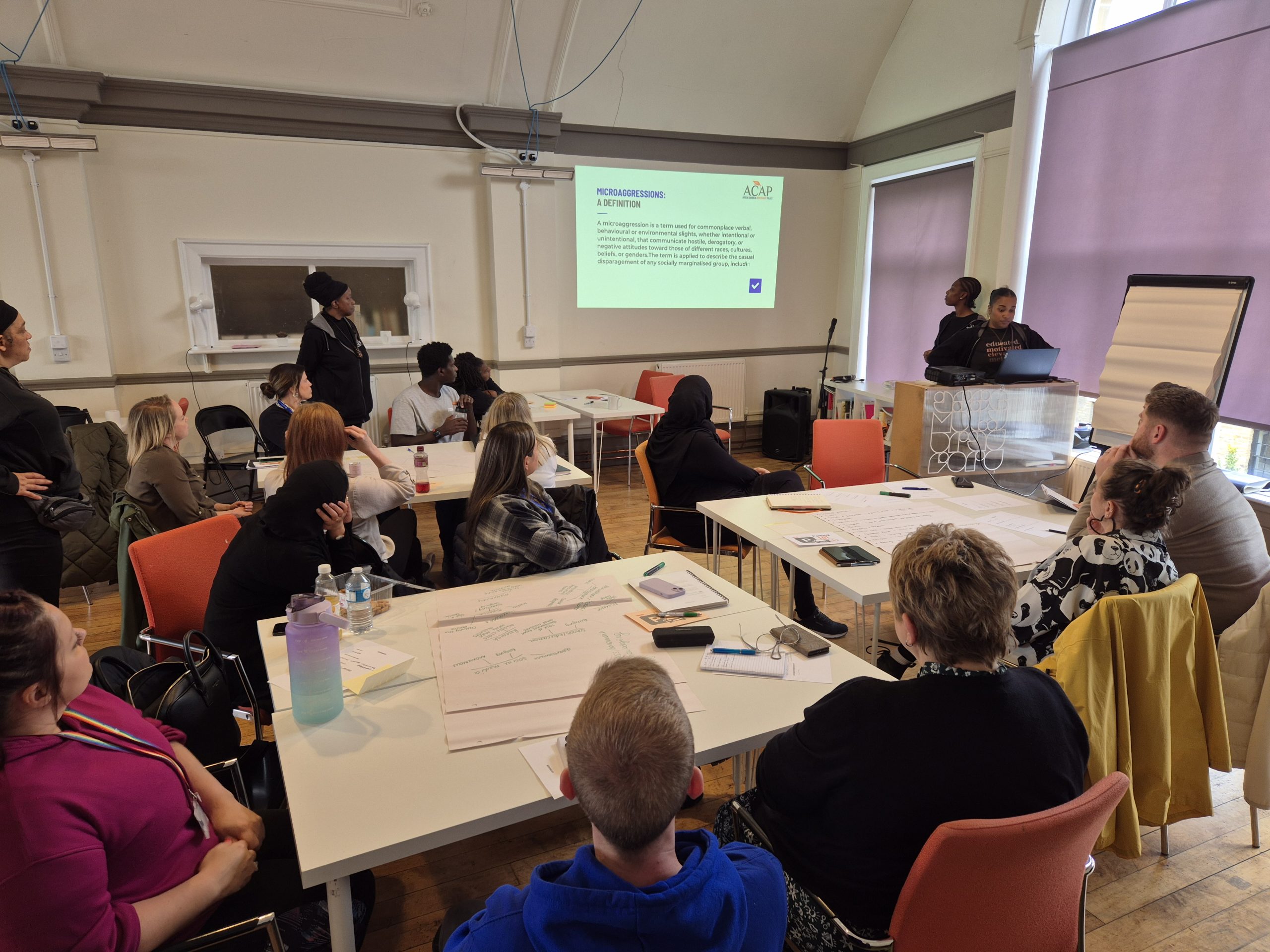Building Resilience
Building Resilience A5 PDF
Our resilience is something that we have to learn to develop over time. Resilience helps us to adapt and deal with adversity (challenges) that we may face in our lives.
Remember that resilience looks different for all of us. For some of us, resilience can look like mindfulness. This can be breathing exercises at our desk or a grounding exercise when our workload can feel overwhelming.
It’s believed that we receive 11 million bits of information every second, but the thinking part of our brain can only actually process 40 bits of information effectively (Shawn Anchor). This is why some people find dividing their day into sections, rather than jumping from one task to another, to be a great way to build their resilience.
Restful breaks away from work can provide some people with greater energy, clarity and focus. Consider having lunch away from your desk and time away from a screen when you’re waiting for the kettle to boil.
Now take some time to reflect and think about ‘Your pathway to resilience’. This can be a great tool to help look at the bigger picture and put things into perspective.
Think about a challenging time in your life or think about what you are going to do moving forward to build your resilience.
Consider:
- Supports – that kept you grounded
- Strategies – that kept you moving forward
- Sense of hope – things that gave you comfort and hope
- Solution-seeking – characteristics you showed
Use this PDF to answer the above questions: Building Resilience activity PDF
Use this Bounce Back or Set Back PDF to reflect on events that have happened in the last month, 6-months and 12-months.
Mental Health Language and Stigma
At Bradford District and Craven Mind, we use the phrases ‘mental health problems’ or ‘mental ill-health’ as many people with lived experience have told us this feels helpful and appropriate for them. Others may use language like ‘mental health conditions/issues/illnesses’, but be mindful that certain terminology can cause offence and upset to other people.
Here are two free resources to share in the workplace:
Mental Health Language PDF
Mental Health Stigma PDF
Moving for your mental health
MHAW Workplace Activities PDF
It is well known the benefits that physical exercise can have on our mental health, with studies showing that there is a 20-30% lower risk of depression for adults who exercise daily.
It’s recommended that everyone should take part in at least 150 minutes of moderate intensity exercise per week (30 minutes five times a week). For those of us who have a busy work-life balance, finding time to exercise can be difficult.
Why not check out our workplace activities and see how many you can fit into your work week. Try some stretching exercises if you have been sat at your desk too long, take a ‘walking meeting’ or practice a grounding exercise to move your mind while you’re waiting for the kettle to boil.
Stress Bucket
The Stress Bucket PDF
The stress-vulnerability model is a model around how people are able to manage and cope with stress. ‘Vulnerability’ differs between person to person and some people are able to manage stress better than others.
A way in which we can visualise our stress-vulnerability, is through the stress bucket.
The size of the bucket is our stress-vulnerability. The size is determined by our DNA and early life experiences – this is why we all have different sized buckets.
Stress can be visualised water flowing into the bucket. Our stress could be caused by work, relationships, financial worries, negative thoughts, physical and mental health concerns.
Sometimes stress can ‘trickle’ into the bucket, and other times it can flow in.
Signs and symptoms of stress emerge when the bucket overflows, changing how we feel, we behave and how our body reacts physically.
In order to reduce the amount of water in the bucket and prevent it from overflowing, we need to do something to relieve the stress that we are experiencing.
We can do this through helpful coping strategies such as breathing exercises, sharing our feelings, exercising, organisation and setting boundaries. These helpful strategies will turn on the tap for the stress to pour out of the bucket.
Sometimes these can come to a stop, so we may need find other coping strategies for managing stress.
Coping strategies such as drinking alcohol, smoking or comfort eating, can be unhelpful coping strategies and add back into the level of our stress bucket.
Why not try the stress bucket activity at the start of your work week when things may feel overwhelming. This activity can help put things into perspective for the week ahead and help you plan in some self-care to look after your mental health.
Seasonal Affective Disorder
Seasonal Affective Disorder (SAD)
This short video will teach you about seasonal mood changes, commonly known as Seasonal Affective Disorder (SAD). SAD is a type of depression that occurs cyclically during specific seasons of the year, with winter being the most common. Learn about the symptoms, causes, and treatment options for SAD.



